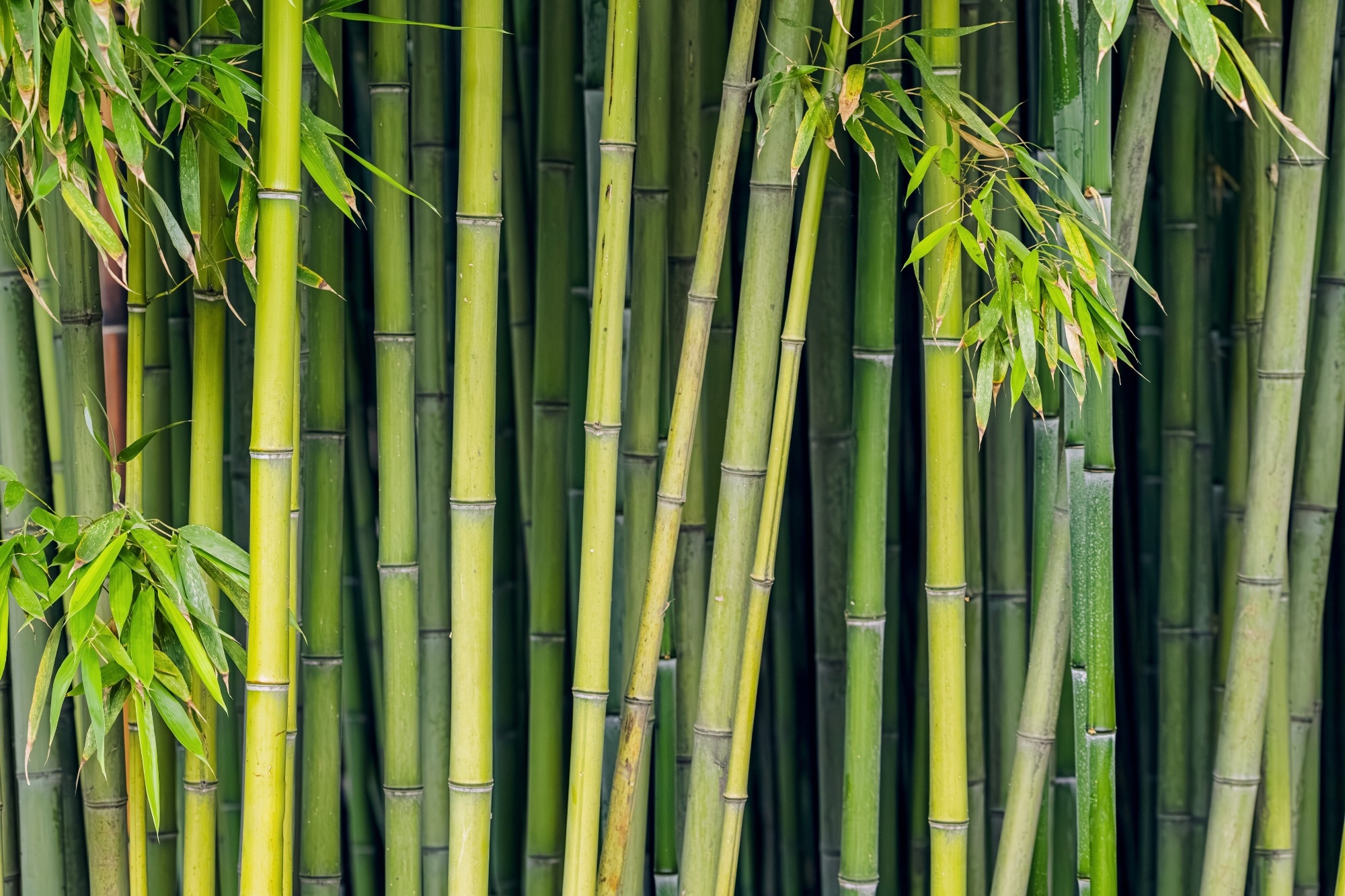Researchers have developed a sustainable cement mortar by partially replacing Portland cement with bamboo stem ash and alkali-treated bamboo fibers, significantly improving strength and reducing material weight.

Study: Applications of bamboo fiber and bamboo stem ash with styrene butadiene rubber in cement mortar for sustainable structural application. Image Credit: frantic00/Shutterstock.com
Published in Scientific Reports, the team detailed their use of the Taguchi method to design and evaluate different mortar mix ratios. Their findings were validated through microstructural observations, analysis of variance (ANOVA), and assessments of energy efficiency, confirming the potential of bamboo-based materials as viable substitutes in cementitious systems.
Background
Bamboo and its derivatives are gaining ground in construction research for their mechanical properties and environmental advantages. Bamboo fibers (BFs), extracted manually from the culm, are typically added to cement-based materials to enhance strength and flexibility. Separately, bamboo stem ash (BSA)—produced by incinerating bamboo leaves and stems—has also shown strong pozzolanic activity, making it a promising partial replacement for OPC.
Yet, while a considerable number of studies have explored the use of BFs as reinforcing additives in mortar and concrete, the use of BSA as a direct substitute for cement has been less thoroughly investigated. Even fewer efforts have examined the combined use of BSA and BF in a single mortar mix.
To close this gap, the study in question aimed to optimize a bamboo-based mortar by incorporating BSA as a supplementary binder alongside alkali-treated BF. The ultimate goal was to develop a mix suitable for use in prefabricated bamboo-reinforced panels, with potential applications in sustainable wall construction.
Methods
Waste bamboo was sourced from a local market. Fibers were manually extracted from the culm, while the remaining stem materials were incinerated to create BSA. The research team then used the Taguchi method—a structured experimental design approach—to systematically explore the impact of different mix variables on mortar performance.
Mortar mixes were prepared with a binder-to-fine aggregate (FA) ratio of 1:2.75, and tested across four water-to-binder (W/B) ratios: 0.30, 0.40, 0.45, and 0.50. Styrene butadiene rubber (SBR), a performance-enhancing copolymer, was added in concentrations ranging from 2 % to 5 %.
A total of 16 mix combinations were formulated using Taguchi’s orthogonal array. In these, BSA replaced 2.5 %, 5 %, 7.5 %, or 10 % of the cement by weight, while BFs were added at 1 %, 2 %, 3 %, or 4 % of the binder weight.
To evaluate performance, compressive strength was tested on cube specimens (100 × 100 × 100 mm) after 7 and 28 days of curing. Flexural strength was measured using prism samples (40 × 40 × 160 mm) subjected to three-point bending. Water absorption was assessed by submerging mortar cubes in water and tracking weight gain over a 20-minute interval.
Results and Discussion
Among the factors studied, the water-to-binder (W/B) ratio had the greatest influence on compressive strength, accounting for 54.04 % of observed variation. Lower W/B ratios led to reduced capillary porosity and improved particle packing—resulting in stronger, denser mortar. The addition of BF contributed another 25.80 % to strength improvement, particularly when treated with NaOH and used in combination with SBR.
Flexural strength followed a similar trend. As the W/B ratio decreased, flexural performance improved, which was attributed to the denser microstructure and more efficient load distribution during bending. Treated bamboo fibers played a key role in reducing cracking and enhancing ductility.
The ANOVA confirmed that different mix parameters affected mortar performance under compressive and flexural loads in distinct ways. Still, the Taguchi analysis helped identify an optimal proportion of BF and BSA that struck a balance across performance targets. Optimizing water absorption and dry density was also critical to ensuring durability while keeping the material lightweight.
Conclusion
This study provides a detailed evaluation of how bamboo-based materials, specifically BSA and alkali-treated BFs, can be integrated into mortar as partial replacements for OPC. The optimized mix, which includes 1 % BF, 10 % BSA, 1.5 % SBR, and a W/B ratio of 0.35, resulted in a 21.7 % reduction in dry density, making it particularly well-suited for lightweight construction.
Additionally, the incorporation of NaOH-treated BFs significantly reduced water absorption, improving overall durability. The research demonstrates that combining sustainable raw materials with targeted optimization techniques like the Taguchi method can produce efficient, high-performing building materials.
Journal Reference
Vagestan, P. K., Periyasamy, M., & Vasugi, V. (2025). Applications of bamboo fiber and bamboo stem ash with styrene butadiene rubber in cement mortar for sustainable structural application. Scientific Reports, 15(1), 29227. DOI: 10.1038/s41598-025-09337-9. https://www.nature.com/articles/s41598-025-09337-9
Disclaimer: The views expressed here are those of the author expressed in their private capacity and do not necessarily represent the views of AZoM.com Limited T/A AZoNetwork the owner and operator of this website. This disclaimer forms part of the Terms and conditions of use of this website.